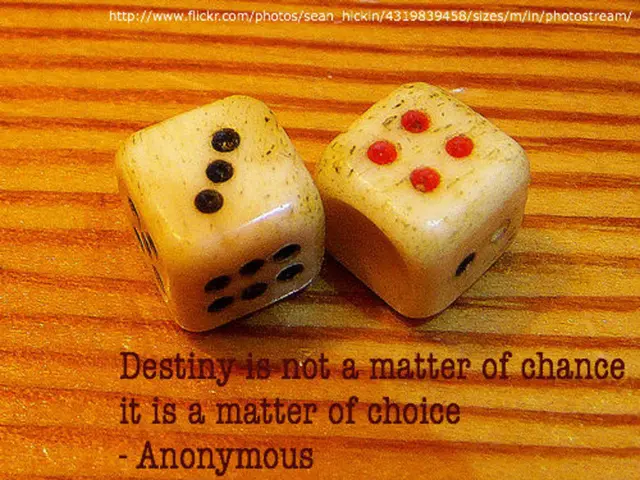Daily routine of youth includes devoting half-an-hour to perusing news reports
In a recent study titled "Children, Young People and Media: (Dis)Connected Lives?", the media habits of 390 Portuguese young people between the ages of 11 and 19 were examined across eight school groups in mainland Portugal [1]. The study, inspired by the book with the same name, aimed to understand media practices, particularly focusing on the use of social media.
The findings reveal that young people in this age group devote a significant portion of their daily lives to various forms of media. On average, they spend 4 hours daily on their cell phones, 3 hours on social media, 2 hours watching television, 2 hours on the computer/tablet, 1 hour watching videos, 1 hour listening to music, 1 hour playing video games, and 30 minutes reading books and watching/listening to the news [2].
Social media has become central in media practices, especially among younger generations. YouTube is the most widely used platform, with 90% of teens using it, and over half also using TikTok (63%), Instagram (61%), and Snapchat (55%) [3]. Many teens visit YouTube and TikTok daily, with 73% using YouTube daily and 57% using TikTok daily, some almost constantly.
Usage patterns differ somewhat between genders. Girls are the main producers of content for social media, particularly photos and videos, using platforms like TikTok and Instagram. Boys primarily use social media to watch videos related to video games and sports, while girls prefer content about dance, cooking, and humor [2].
Interestingly, reading news is a concern for a minority of the sample. Searching for information, news, and learning is primarily practiced by 12th-grade students, with the social media platform X being their primary source [1]. However, the most common uses of social media are viewing audiovisual content related to personal interests, surveillance practices, and interaction with friends and colleagues.
The study also suggests that social media use among 12th-grade students is more focused on personal interests and interaction compared to news consumption or learning. Watching videos, posts by friends, celebrities, and people they admire, communicating with friends, colleagues, and family, and producing and publishing their own photos and videos are the most common uses of social media among the surveyed young people [2].
While the study provides valuable insights into the media habits of young Portuguese people, it also highlights the need for more specific data to fully understand gender differences in media consumption and usage patterns. The addictive use patterns that affect mental health may show some variation by gender, with certain studies suggesting girls report higher emotional impacts linked to social media time [1][2].
In conclusion, the study reveals that social media is a significant part of the daily lives of young people, with various activities being primarily focused on communication and self-expression rather than news consumption or research. As the landscape of media continues to evolve, it is essential to monitor and understand the impact of these platforms on young people's lives, particularly regarding their mental health and overall well-being.
References: [1] "Children, Young People and Media: (Dis)Connected Lives?" (2021). [2] Pew Research Center (2020). [3] Statista (2021).
Portugal was found to be a country where social media use is extensively prevalent among young people, with an average of 3 hours daily spent on platforms like YouTube, TikTok, Instagram, and Snapchat [3]. This study also highlighted that, contrary to expectations, news consumption is not a common activity among this age group [1]. Instead, young people primarily use social media for communication and self-expression, with video content being a significant part of their consumption [2]. Furthermore, usage patterns between genders differ, with girls focusing more on creating and sharing content, particularly on TikTok and Instagram, while boys tend to focus on video game and sports-related videos [2].




